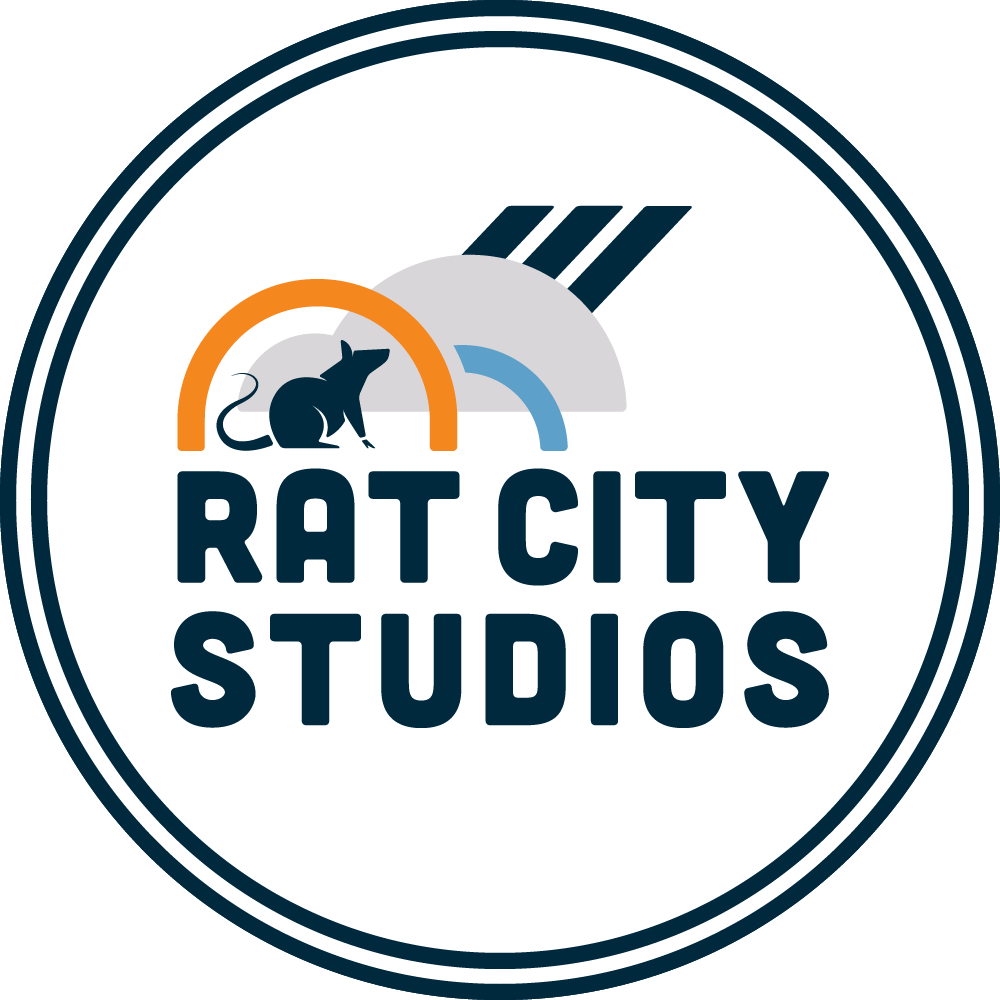Zak Helenske: Studio Member 2016
/zakhelenske.com
Bio
Zak Helenske was born and raised in Fargo, ND. There, he earned his BFA in Ceramics at North Dakota State University in 2009. Completing his MFA in Ceramics and Ceramic Sculpture at Rochester Institute of Technology’s School for American Crafts in 2014 led him to an art practice that crossed disciplines. Zak has been a visiting artist nationally at University of South Carolina, McNeese State University, University of Washington, and internationally at Akademia Sztuk Peinknych in Gdansk, Poland. He has taught at University of Washington, 3D4M and Rochester Institute of Technology, School for American Crafts. In 2015 Zak moved to Seattle with his partner, artist Mya Kerner, to be an Artist in Residence at Pottery Northwest. Since completing his residency in January he has set up a studio in Ballard where he maintains a full time studio practice. In May of 2017 he was named Emerging Artist by Ceramics Monthly.
Artist Statement
I am a potter who is interested in the development of form and the exploration of pattern. These two priorities drive one another, pattern responds to form, and, in turn, form hones to the strength of the pattern. When they fit, it is very clear, and the work progresses in this way. Balance, proportion, depth, and space decide the success of the object, and by highlighting the drawn pattern with porcelain brushwork, the dimensionality of the materials completes the link between form and pattern.
I look to industrial and architectural situations for formal references and social observations for conceptual connections. I use geometry as a language to communicate ideas of space, proximity, occupation, and structure. Proximity is the nearness of objects in time, space, and relationship. By layering patterns on top of each other, I draw maps that help define or bend an orientation. Rather than measuring the distance between, I am interested in the nearness of things; of people, of cultures, and of objects. Pots are some of the things that connect us across cultures and across time. This perspective drives my process.
Pots have a versatility depending on their placement in our homes, adorning our spaces and contributing to our stories. They are a part of our domestic infrastructure, facilitating rituals of beauty, nourishment, and gathering. I am interested in the history these objects carry and the sentiment gained from their usefulness. I am charmed by the anti-monumental, and challenged by the spatial balance between pottery, architecture, and community.





